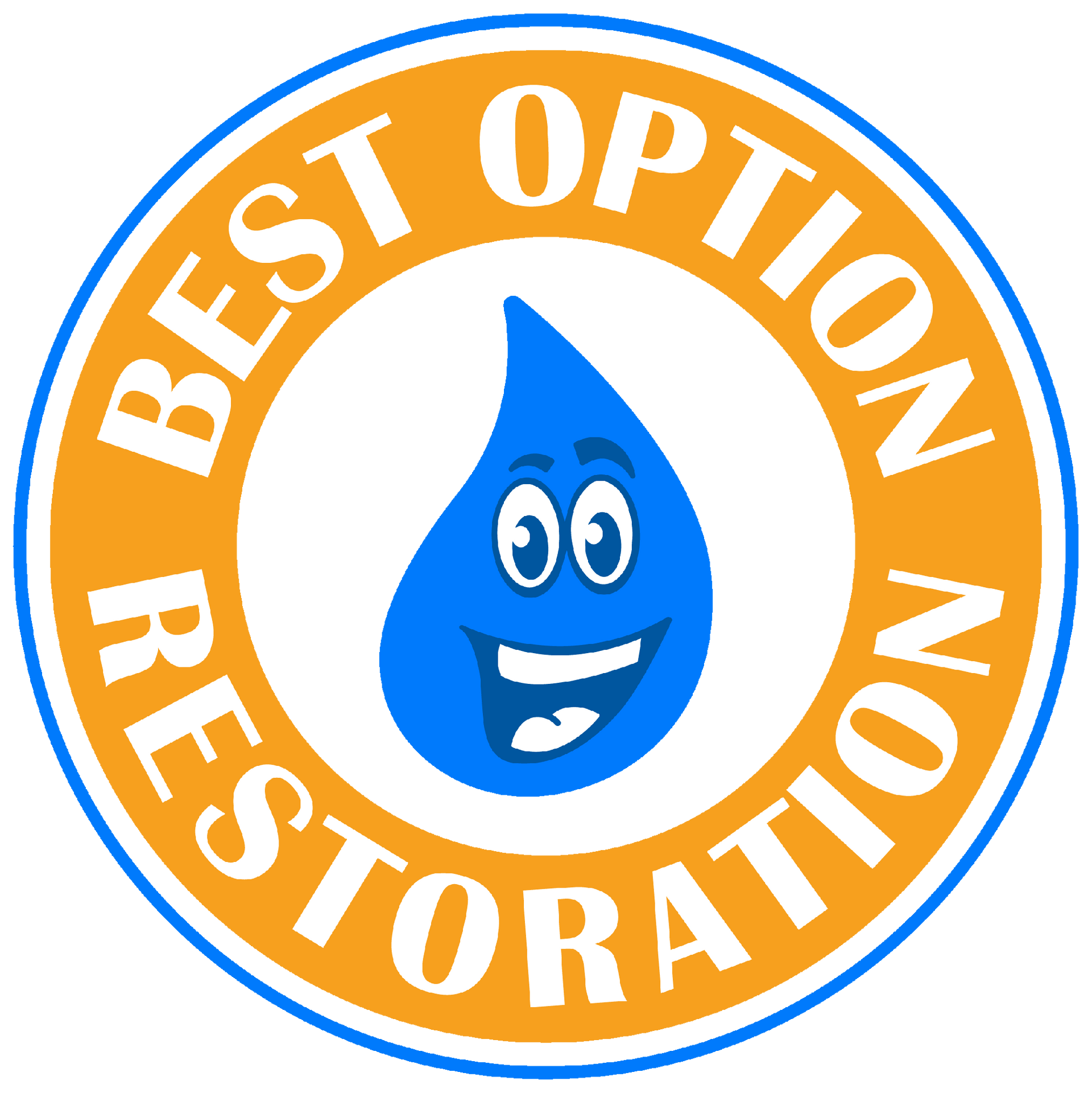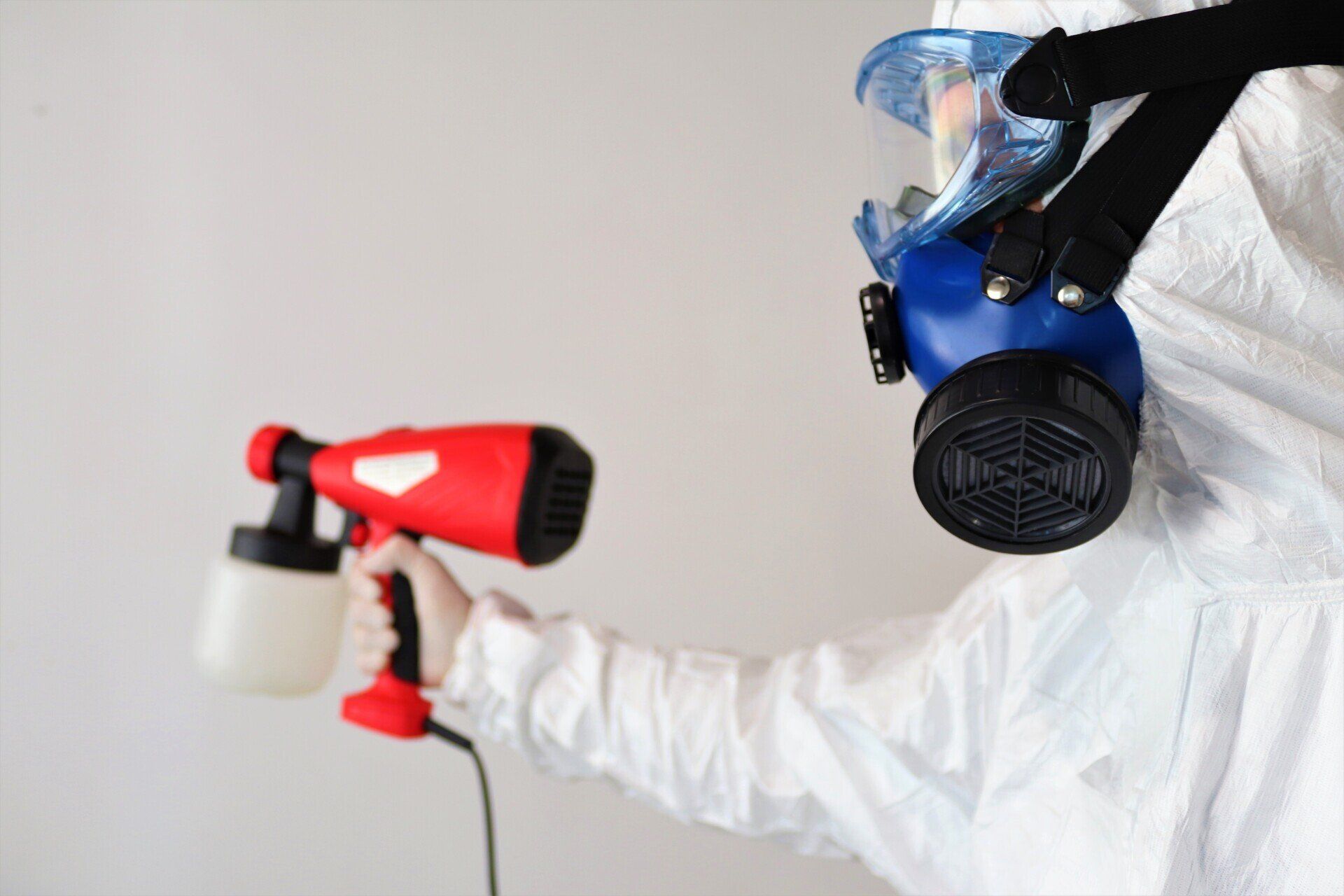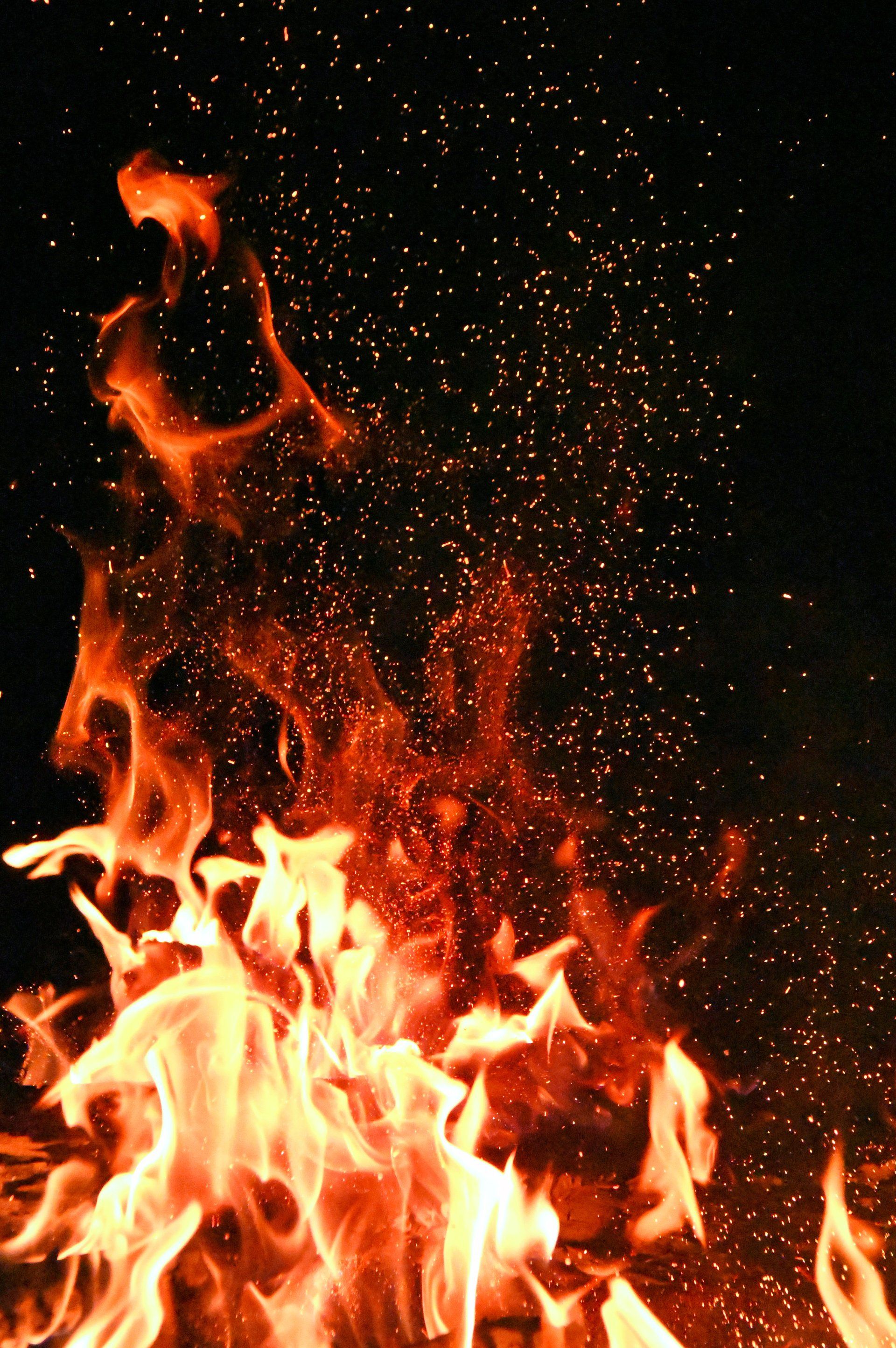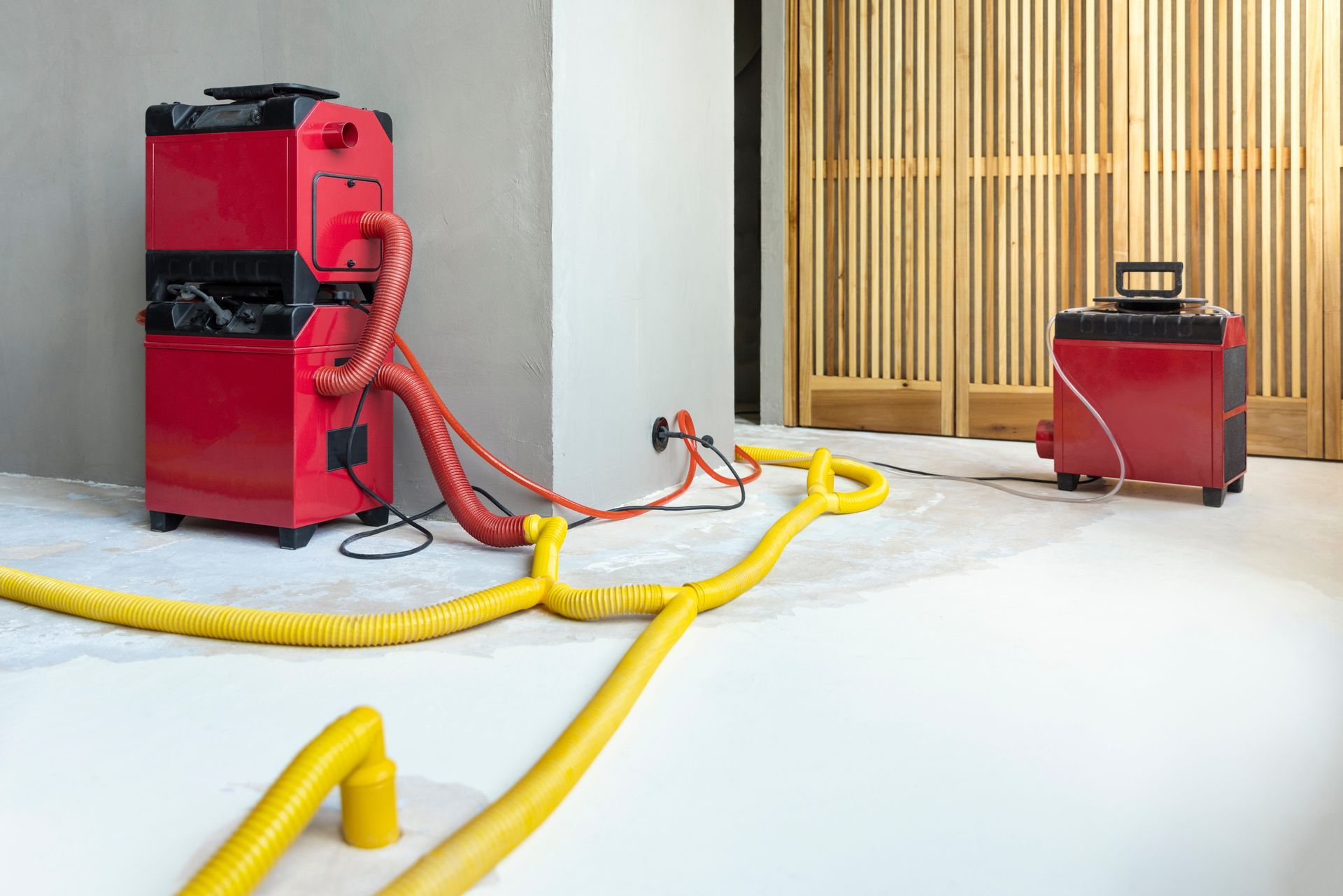Common Causes of Fire Damage in Homes
Unveiling Fire Damage Causes: Common Sources in Homes
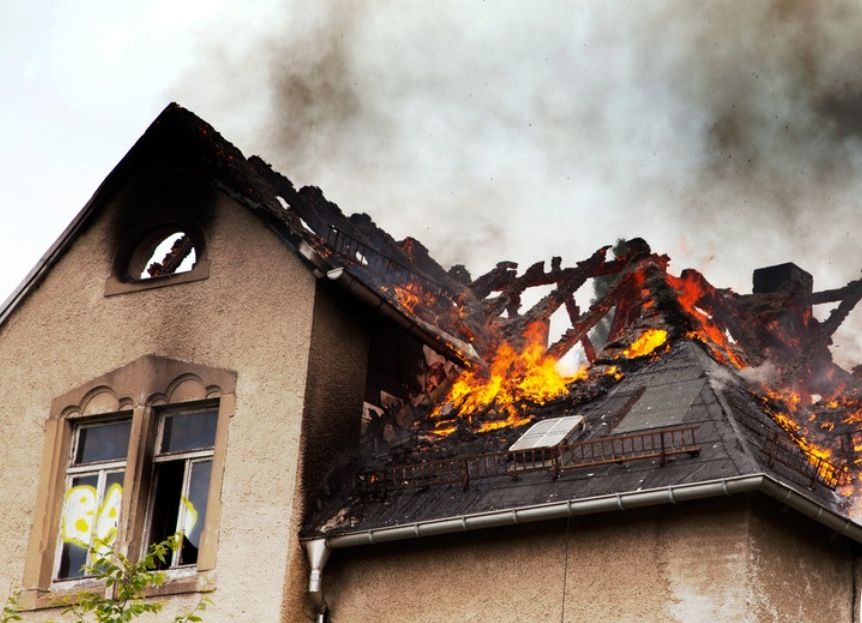
Fire damage in residential properties is a severe and ubiquitous issue responsible for numerous losses every year. It's crucial to understand the common causes of fire damage, as knowledge is the first line of defense. Comprehending how various factors cause fires can significantly assist in implementing preventive measures, thereby protecting both property and lives. This article explores the primary causes of fire damage in homes, discussing in depth how these fires cause damage, the extent of damage caused by fire, and the relationship between fire smoke and damage. We'll also delve into how fires can lead to injuries and the preventive steps that homeowners can take to mitigate these risks.
Fire Damage Statistics in Residential Settings
An estimated average of 356,500 home structure fires occurred annually in the United States in 2020. This clearly underscores the scale of fire damage in residential settings. Globally, the World Health Organization (WHO) details that fires cause an average of 60,000 civilian deaths annually.
Financially, the consequences of fire damage are staggering. Fires cause damage not only to a home's structure but also to personal belongings, which can amount to substantial financial loss that is often hard to recover from. Furthermore, fire injuries necessitating medical treatment can lead to escalating healthcare costs.
The emotional toll is equally devastating. Experiencing a home fire is traumatic, and the aftermath is often marked by significant distress as individuals and families grapple with lost possessions, displacement, and the daunting task of rebuilding. It's not just the flames that cause smoke and damage but the lingering effects of a fire that can continue to cause destruction long after the fire has been extinguished.
Understanding these figures is vital in appreciating the extent of fire damage in our society and underscores the importance of proactive measures to prevent such disasters.
Understanding the Nature of Fire
Fire, a fast, persistent chemical reaction that releases heat and light, is often manifested in the form of flames. This reaction, called combustion, occurs when a substance (fuel) reacts with oxygen in the presence of heat. These three elements - heat, fuel, and oxygen - comprise the fire triangle, a simple model used to understand the conditions under which fires start and continue.
In residential settings, fire can spread rapidly. It begins when a heat source comes into contact with a combustible material. This could be a forgotten stove, faulty wiring, or a carelessly discarded cigarette. The heat causes the material to release volatile gases, which combine with oxygen to form a flammable vapor-air mixture. If the mixture is heated to its ignition temperature, it ignites, producing visible flames. As the fire burns, it generates heat that propagates the fire, causing damage and potentially leading to a chain of reactions that can engulf an entire home in minutes.
Understanding the fire triangle and the way fire spreads is crucial for grasping why fires cause damage in homes. It creates a foundation for recognizing common causes of fire damage and implementing effective prevention measures.
Common Causes of Fire Damage in Homes
Knowledge of the home fire damage causes is a fundamental aspect of prevention. Understanding what often leads to such disasters arms homeowners with the ability to create safer living environments. Let's look at the most common causes of fire damage in homes, such as cooking and kitchen mishaps, electrical and heating malfunctions, careless smoking, and candle fires.
Cooking Equipment
Cooking equipment is the leading cause of home fires. The National Fire Protection Association (NFPA) reports that 49% of home fires are caused by cooking accidents such as overheated oil or unattended stoves. To prevent cooking-related fires, never leave cooking unattended, especially when frying or grilling. Overheated oil can quickly ignite, causing not only fire damage but also serious fire injuries. In addition, ensure flammable items are kept away from the stove and that your cooker is clean and free of grease build-up. It's also critical to have a fire extinguisher within easy reach in case a fire does start.
Electrical Equipment and Faulty Wiring
Faulty wiring and outdated electrical systems are another significant cause of home fires. Overloaded circuits or frayed cords can easily spark a fire, causing a significant amount of damage. Visible signs of potential electrical issues include flickering lights, frequent circuit breaker trips, or discolored wall outlets. To prevent electrical fires, homeowners should consider hiring a professional electrician to inspect and update their electrical systems regularly. It's also advisable to avoid overloading outlets and to replace any frayed or damaged cords immediately. These preventative measures can save lives, protect property, and prevent the heartbreak of fire damage.
Heating Equipment
Heating equipment, including space heaters, fireplaces, and wood stoves, contribute significantly to home fires, particularly during colder months. Space heaters can quickly ignite nearby flammable items, while fireplaces and wood stoves can cause fires when left unattended or if debris accumulates. To ensure safety, always keep a three-foot clearance around these heat sources, and never leave them unattended. Regularly clean and maintain fireplaces and wood stoves, and ensure space heaters are placed on a stable, non-flammable surface. Further, always turn off the heating equipment when leaving the room or going to sleep. These safety measures can help prevent fires, avoiding injury and fire damage.
Smoking in Bedrooms
Smoking in bedrooms is a significant fire hazard. According to the National Fire Protection Association, smoking materials, including cigarettes, are the leading cause of fire deaths in the United States, with bedrooms being a common location for these incidents. Fires can quickly occur when a lit cigarette comes in contact with flammable materials such as bedding or upholstery, causing immense damage and potential loss of life. For safer smoking habits, always smoke outside and ensure cigarettes are fully extinguished before discarding them. Furthermore, never smoke in bed or when impaired by alcohol or medication, as this greatly increases the risk of a fire.
Candles
Candles, while a source of ambiance and relaxation, can also be a fire hazard. Leaving candles unattended, especially near flammable objects, can cause fires that result in extensive damage. The National Fire Protection Association reports that candles cause 2% of home fires, many of which occur when something flammable is too close to the candle. Therefore, never leave a burning candle unattended, and ensure it's placed away from curtains, books, and other flammable items. Use sturdy candle holders and place them on stable, heat-resistant surfaces. Additionally, extinguish all candles before leaving a room or going to bed. By following these safety tips, you can enjoy candles while minimizing the risk of fire damage.
Flammable Liquids
Flammable liquids, such as gasoline, solvents, and cleaning supplies, if not kept properly, can easily cause fires. Improperly stored liquids can release vapors that, when mixed with air, can ignite and cause smoke and fire damage. Additionally, incorrect disposal can lead to environmental hazards. Ensure that these substances are kept in approved, well-marked containers and stored in a well-ventilated, cool location away from living spaces and heat sources. Dispose of these liquids as per local regulations. Remember, proper handling of flammable liquids can prevent fire injuries, protect property, and safeguard the environment.
Grills and Barbecues
Grills and barbecues are common culprits in home fires, primarily when used irresponsibly or left unattended. Mishandling can cause smoke and fire damage, not to mention serious fire injuries. To ensure safe grilling, always keep your grill at least 10 feet away from your house and under open skies - never grill under eaves or a porch. Regularly check for gas leaks, keep your grill clean, and never leave it unattended when in use. Using a grill pad or splatter mat beneath your grill can protect your deck or patio from any sparks. Adhering to these safety measures can prevent harmful fires caused by grilling.
The Impact of Fire Damage on Homes
Fire damage can lead to significant physical and structural devastation in homes. The flames rapidly consume materials, compromising the structural integrity of the house. Smoke, a byproduct of fire, infiltrates through various materials, leaving behind an unpleasant odor and causing extensive damage beyond what's visible to the naked eye. Soot, another residue of fire smoke, can cover almost every surface in the affected area, resulting in further corrosion and discoloration. Besides these, water and chemicals used in firefighting efforts can also cause damage, leading to potential mold growth if not promptly and properly addressed.
The psychological impact of fire damage is equally significant. Homeowners and their families often experience a range of emotional reactions, including shock, confusion, and distress. The sight of a once-familiar place reduced to ashes can be deeply traumatizing, triggering feelings of loss and grief.
Moreover, residential fires do not only affect individuals or families, but they also have environmental implications. Fires can release hazardous materials into the atmosphere, contributing to air pollution. The process of rebuilding and disposing of fire-damaged materials can also generate waste, adding to the landfill burden. Thus, the prevention of residential fires is not just a personal matter but also a broader environmental concern.
Fire Safety Measures and Fire Damage Prevention
Fire safety measures play a critical role in preventing fire damage and ensuring the safety of residents. The installation of smoke detectors and fire extinguishers, for example, are essential components of a comprehensive fire safety system. Smoke detectors provide early warnings of potential fires, allowing residents to safely evacuate or extinguish the fire before it causes significant damage. Fire extinguishers, on the other hand, equip homeowners with a first line of defense against small, manageable fires. Additionally, having a well-rehearsed family escape plan in place ensures that all members of the household know how to exit the property swiftly and safely in the event of a fire.
Equally vital is the regular maintenance and inspection of home appliances and systems. Neglected or faulty equipment is a common cause of fires, making routine check-ups an essential preventive measure. Appliances should be kept in good working order, and electrical systems should be regularly inspected by a professional to detect potential fire hazards like worn-out wiring.
Finally, homeowners insurance offering fire damage coverage is an indispensable safeguard. Despite best efforts to prevent fires, they can still occur, and the aftermath can be financially devastating. Fire damage coverage can alleviate this burden, providing financial support for repairs, replacements, and sometimes even temporary housing. This makes it an important aspect of comprehensive home protection.
Recovering From Fire Damage: Restoration and Rebuilding
At Best Option Restoration, we understand the devastating impact of fire damage and are committed to helping you navigate this challenging time. Our team of experts possesses the skills and experience to restore your home, mitigating damage caused by fire, smoke, and water used in firefighting efforts. We prioritize your safety, swiftly addressing any fire injuries and ensuring the stability of your home. If you've experienced fire damage, don't hesitate to reach out to us. Let Best Option Restoration support you in this difficult time, restoring not just your home but your peace of mind. Speak to us today!
